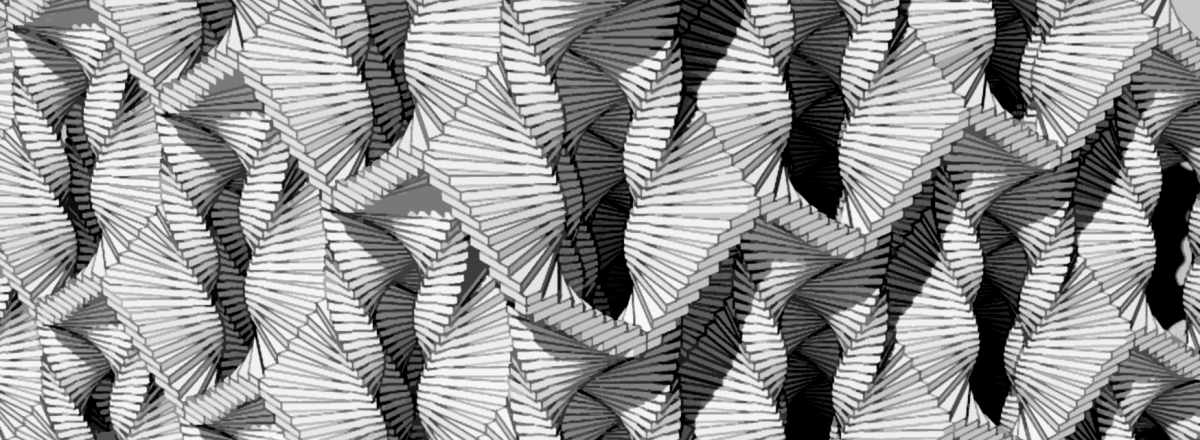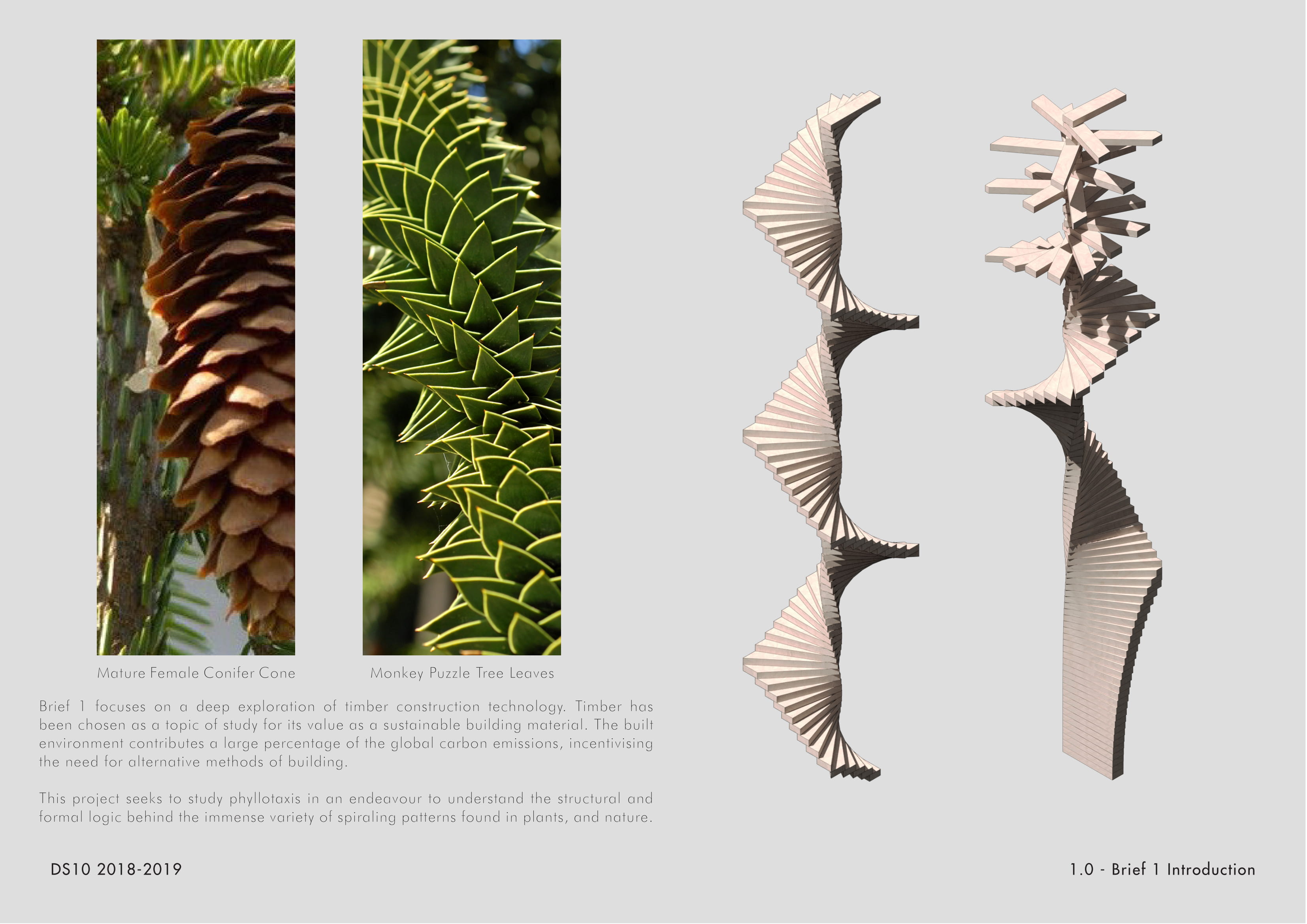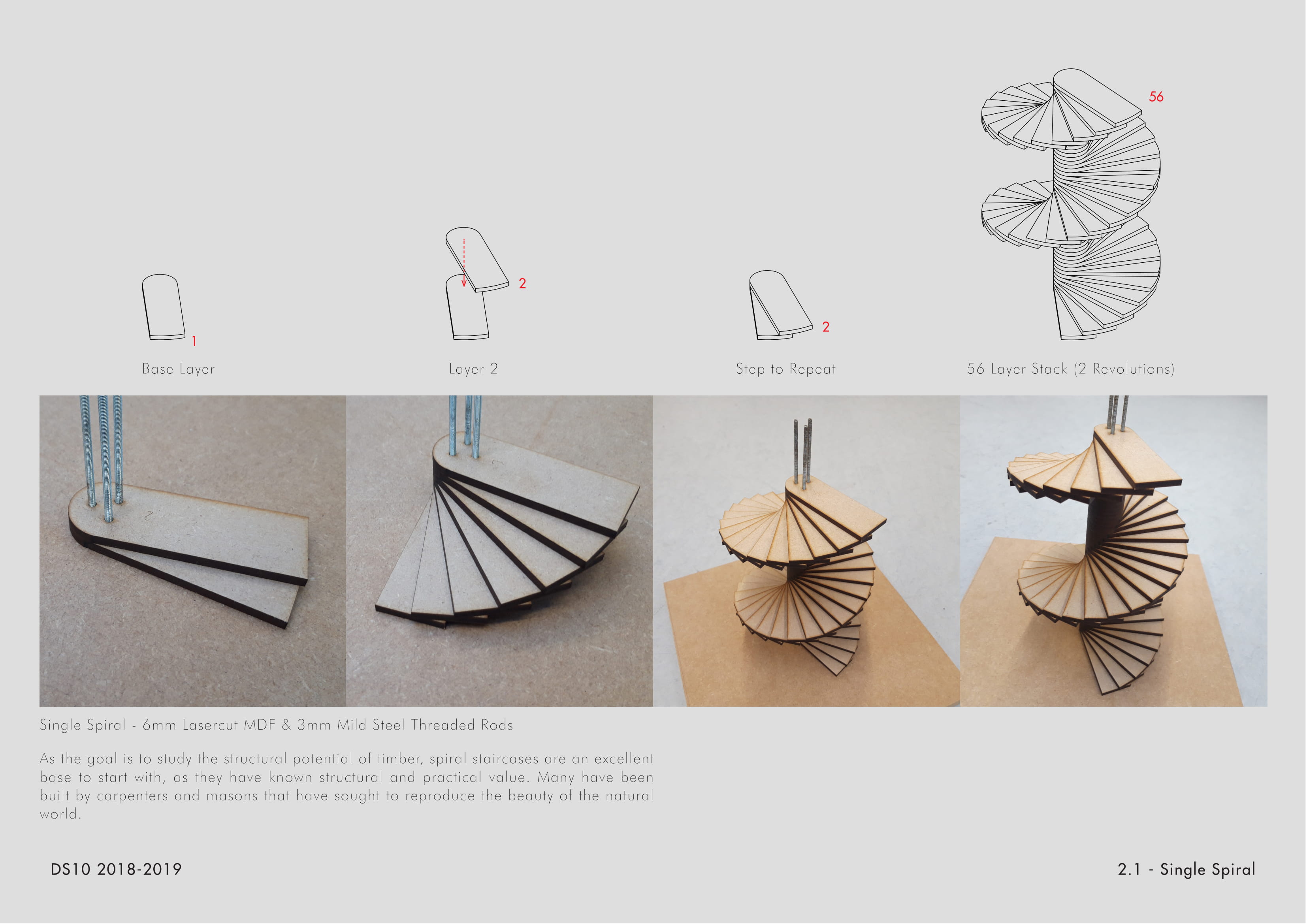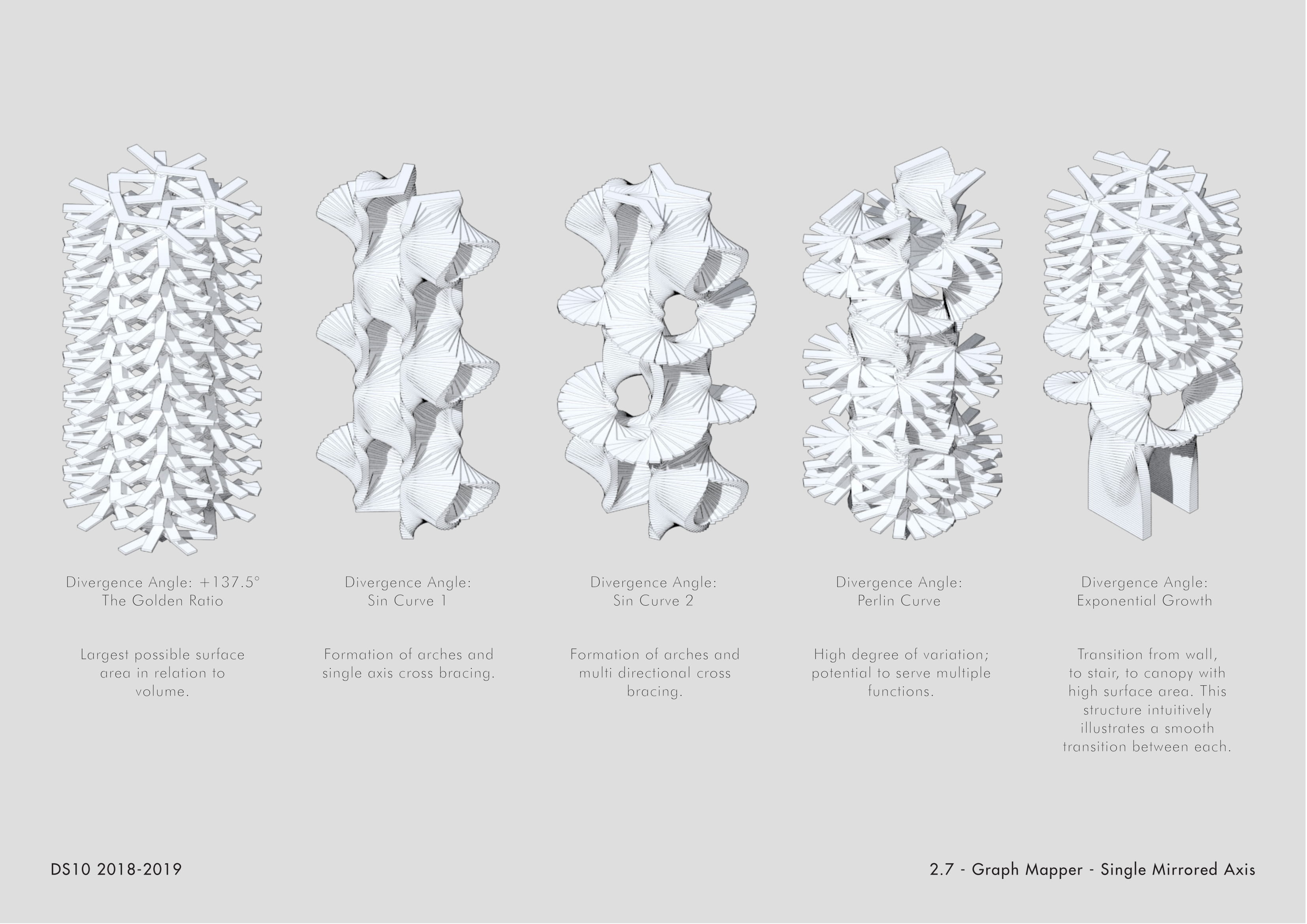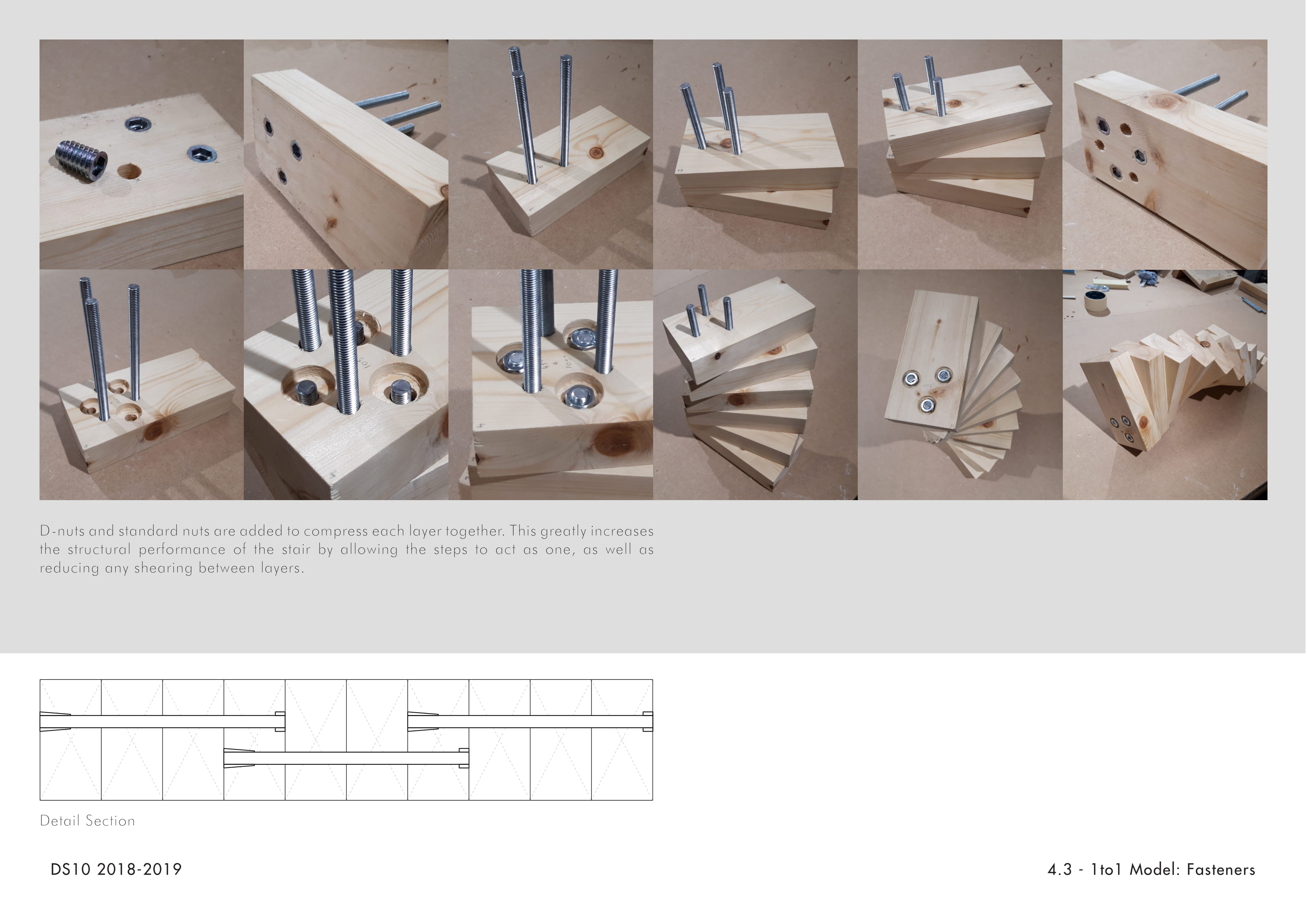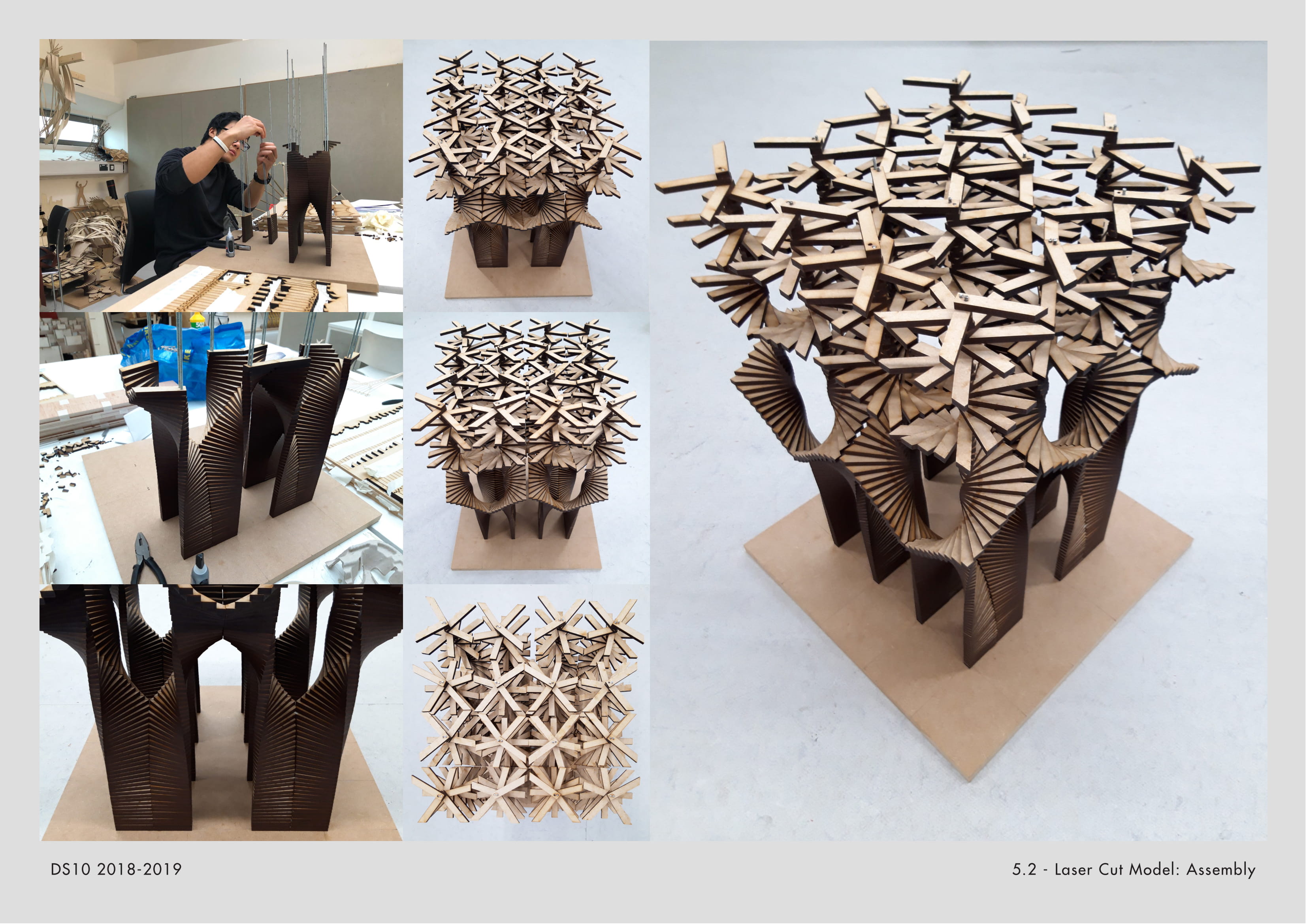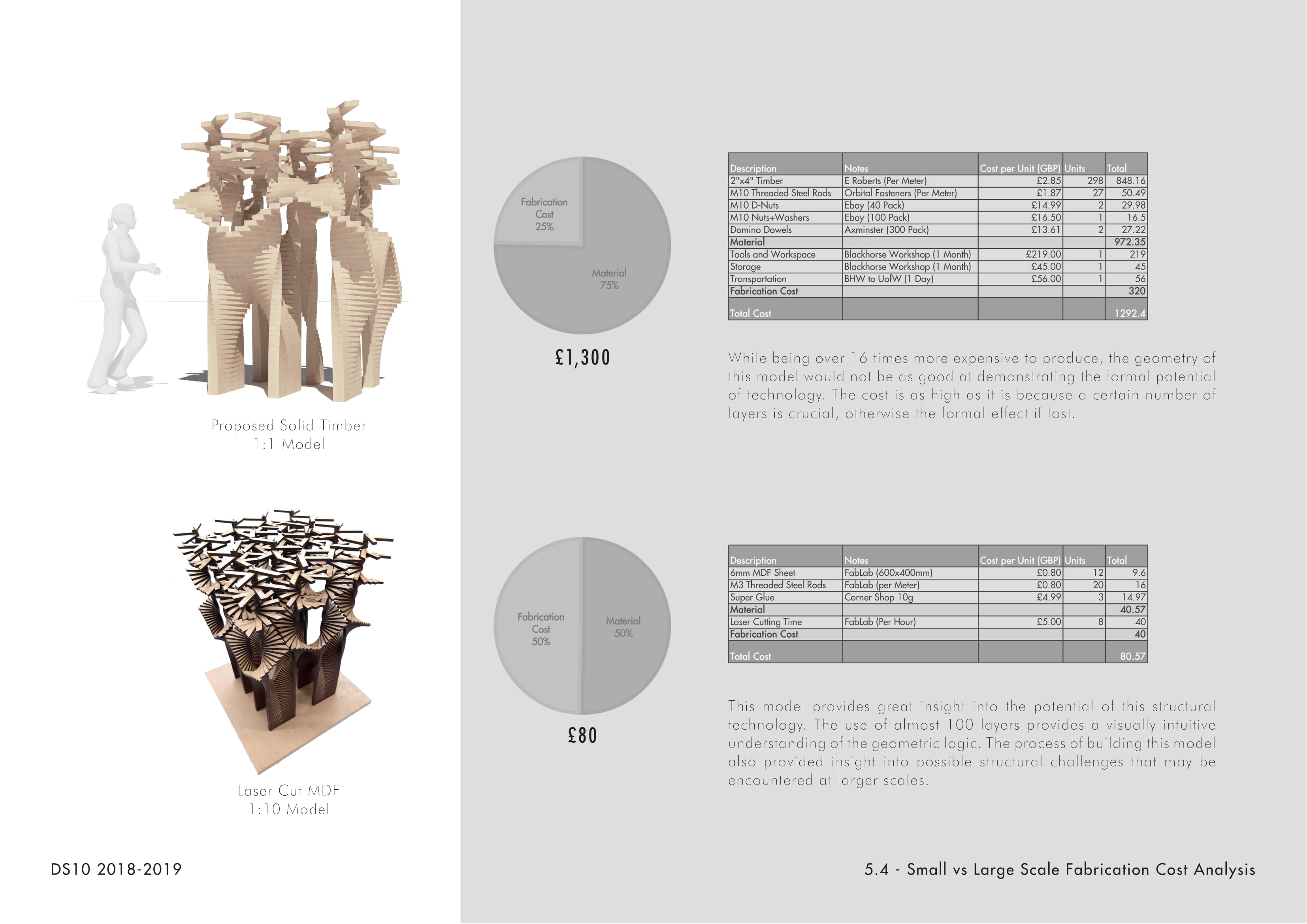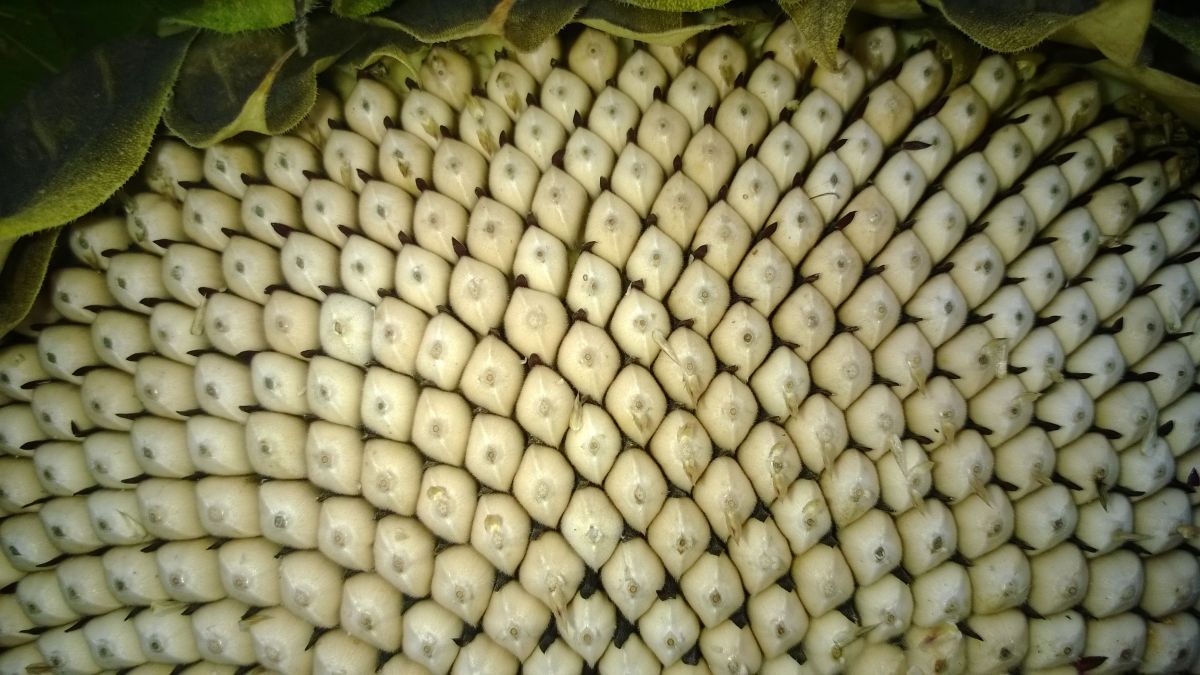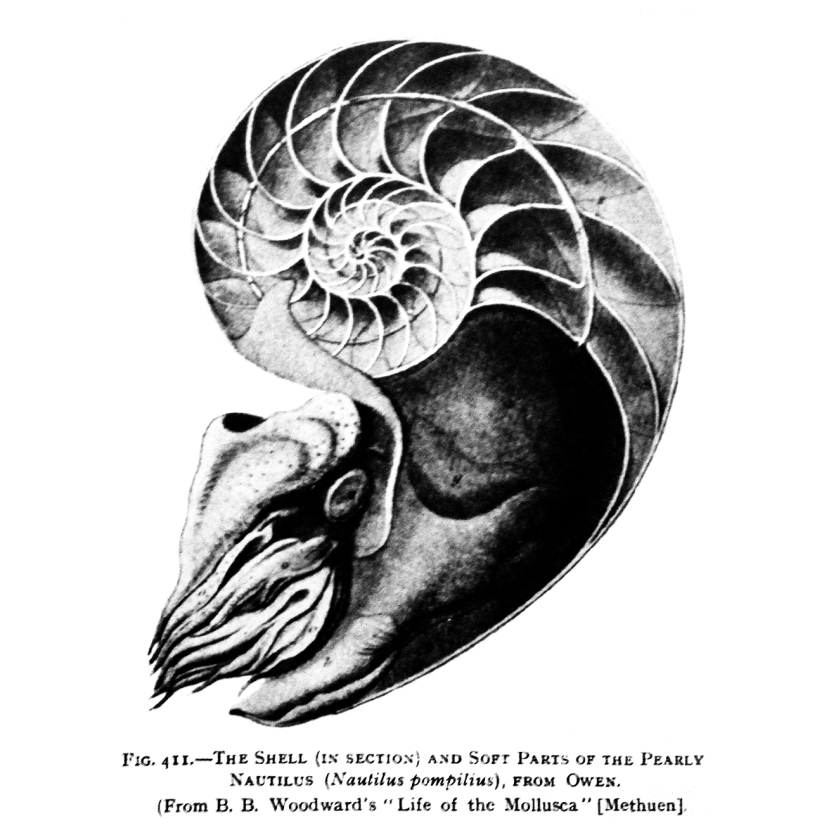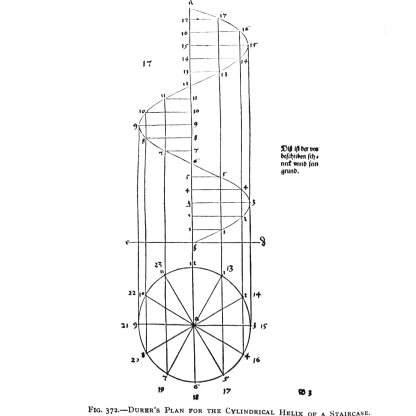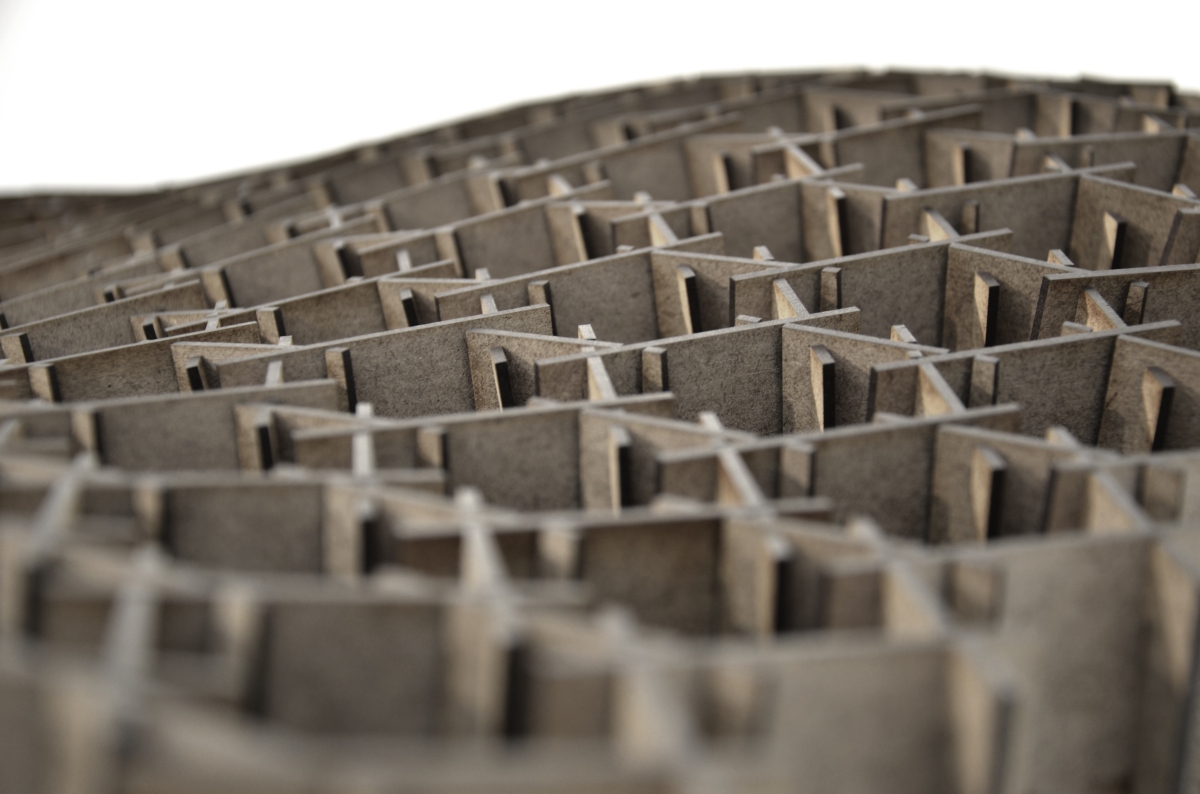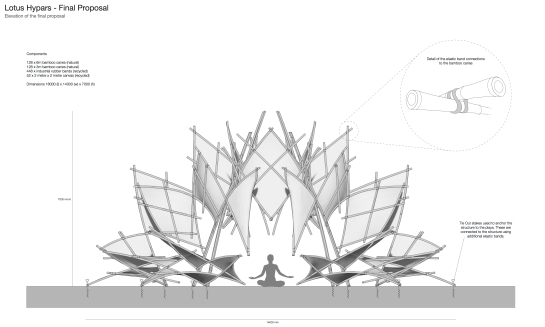Category: Growth
Plants, Math, Spirals, & the Value of the Golden Ratio
The natural world is brimming with ratios, and spirals, that have been captivating mathematicians for centuries.
1.0 Phyllotaxis Spirals
1.1 Rational Numbers
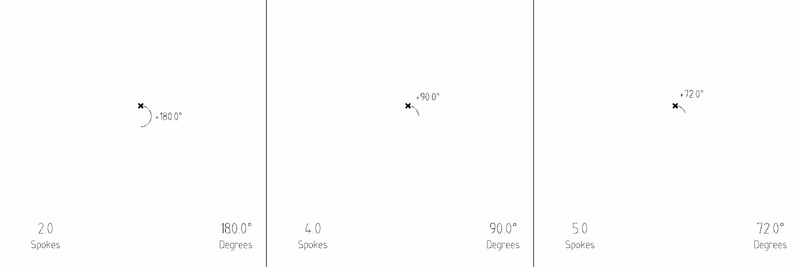
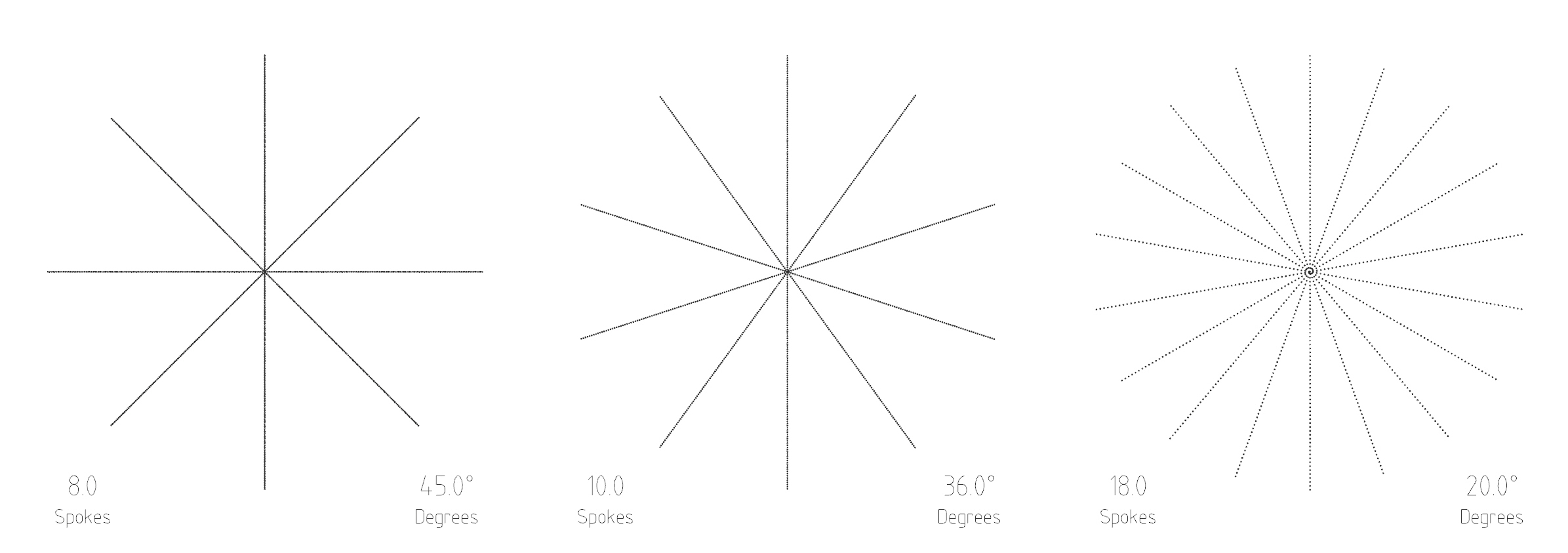
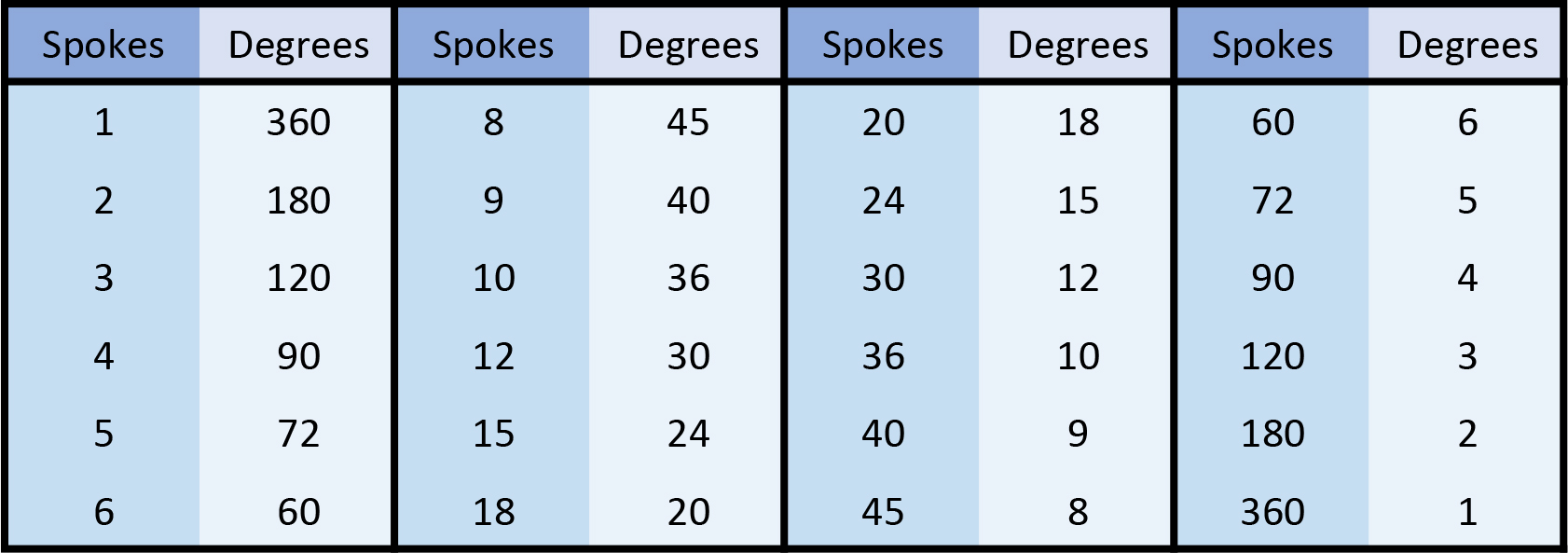
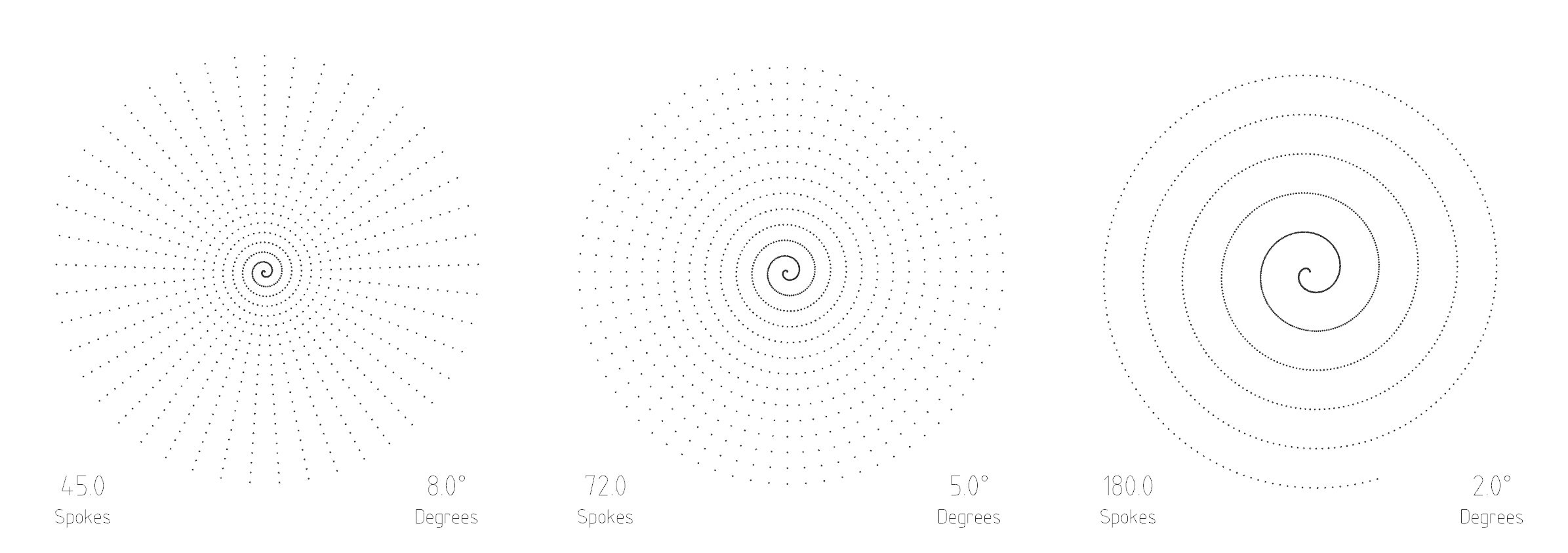
1.2 Irrational Numbers

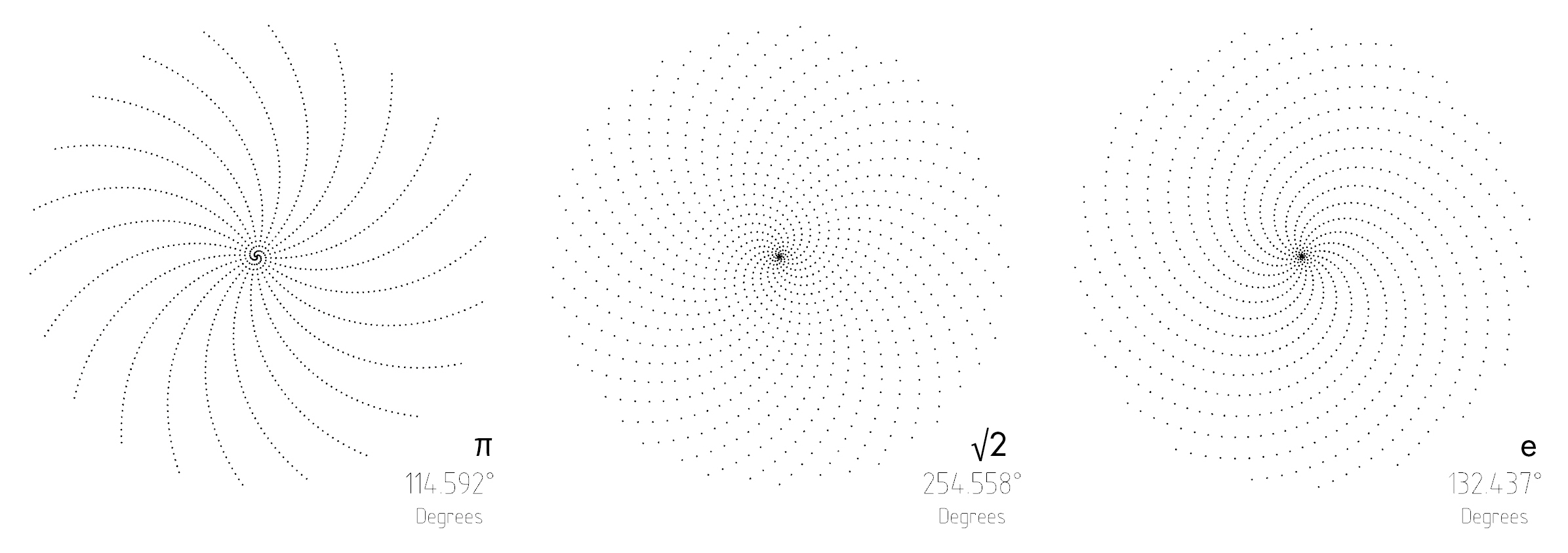
1.3 Quantifiable irrationality
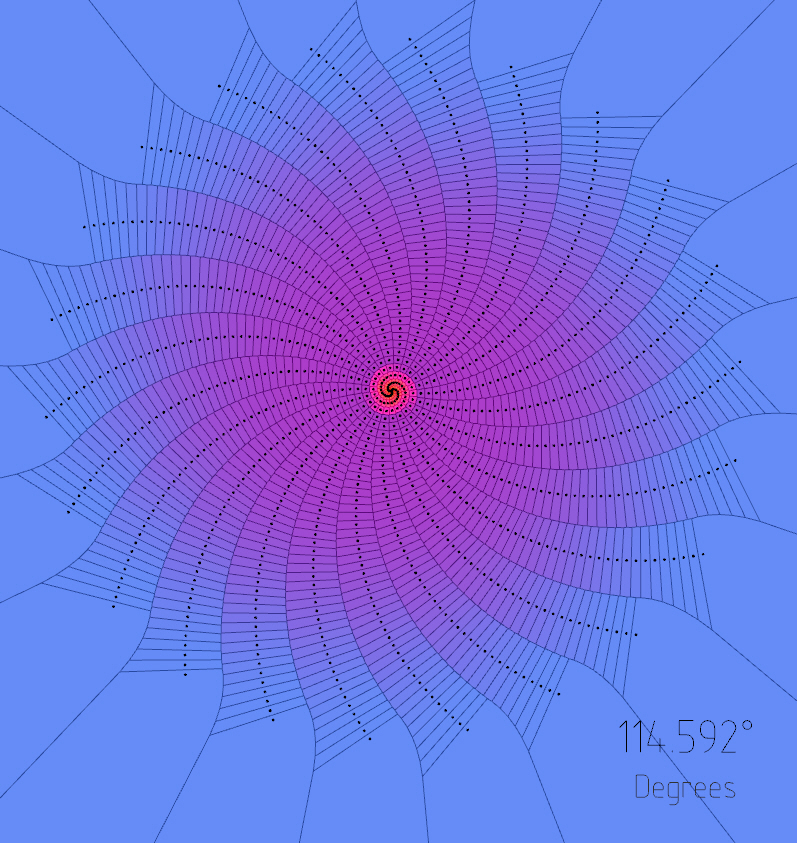

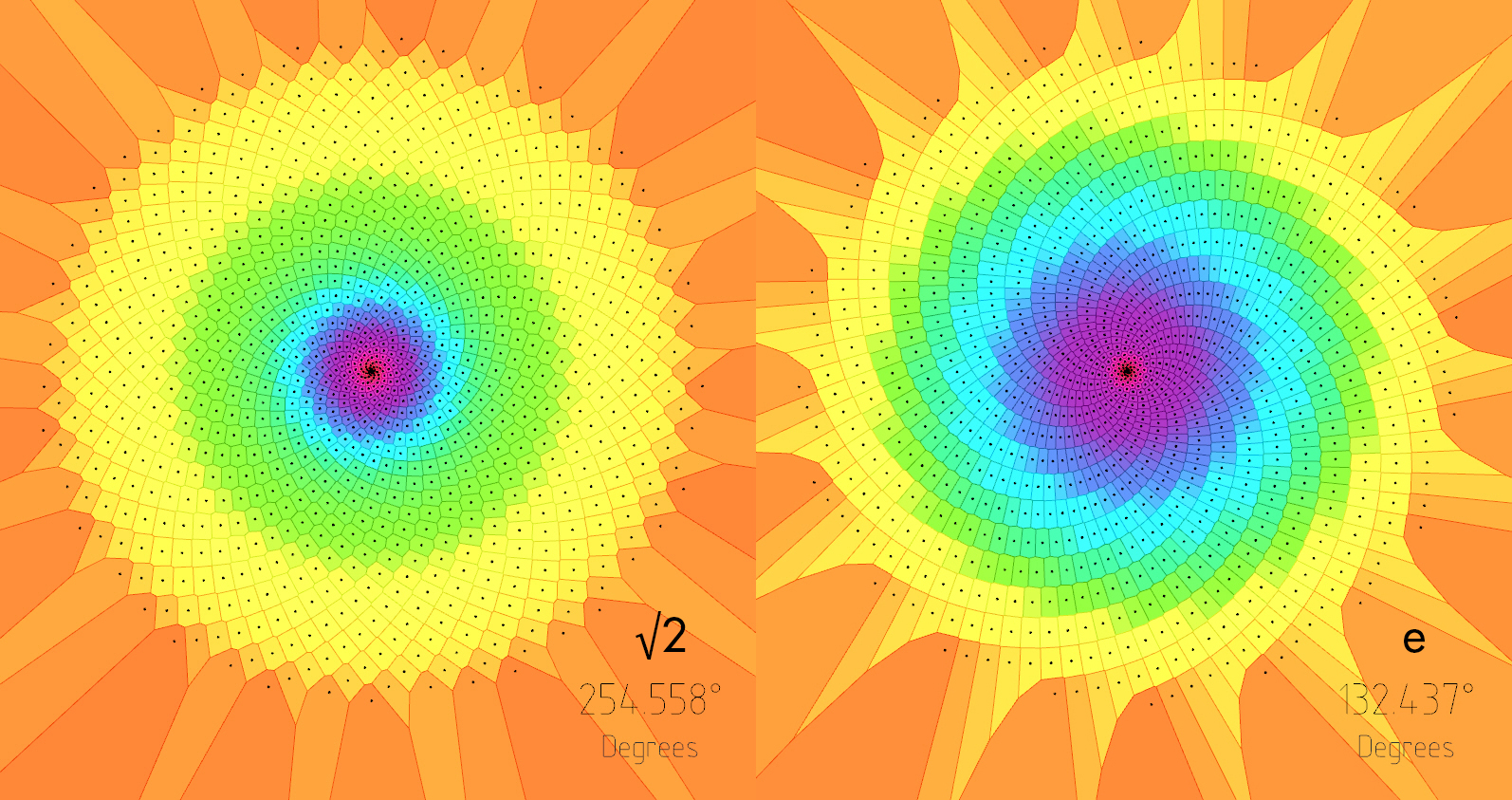
1.4 Phi
Source:
Infinite fractions and the most irrational number: [Link]
The Golden Ratio (why it is so irrational): [Link]

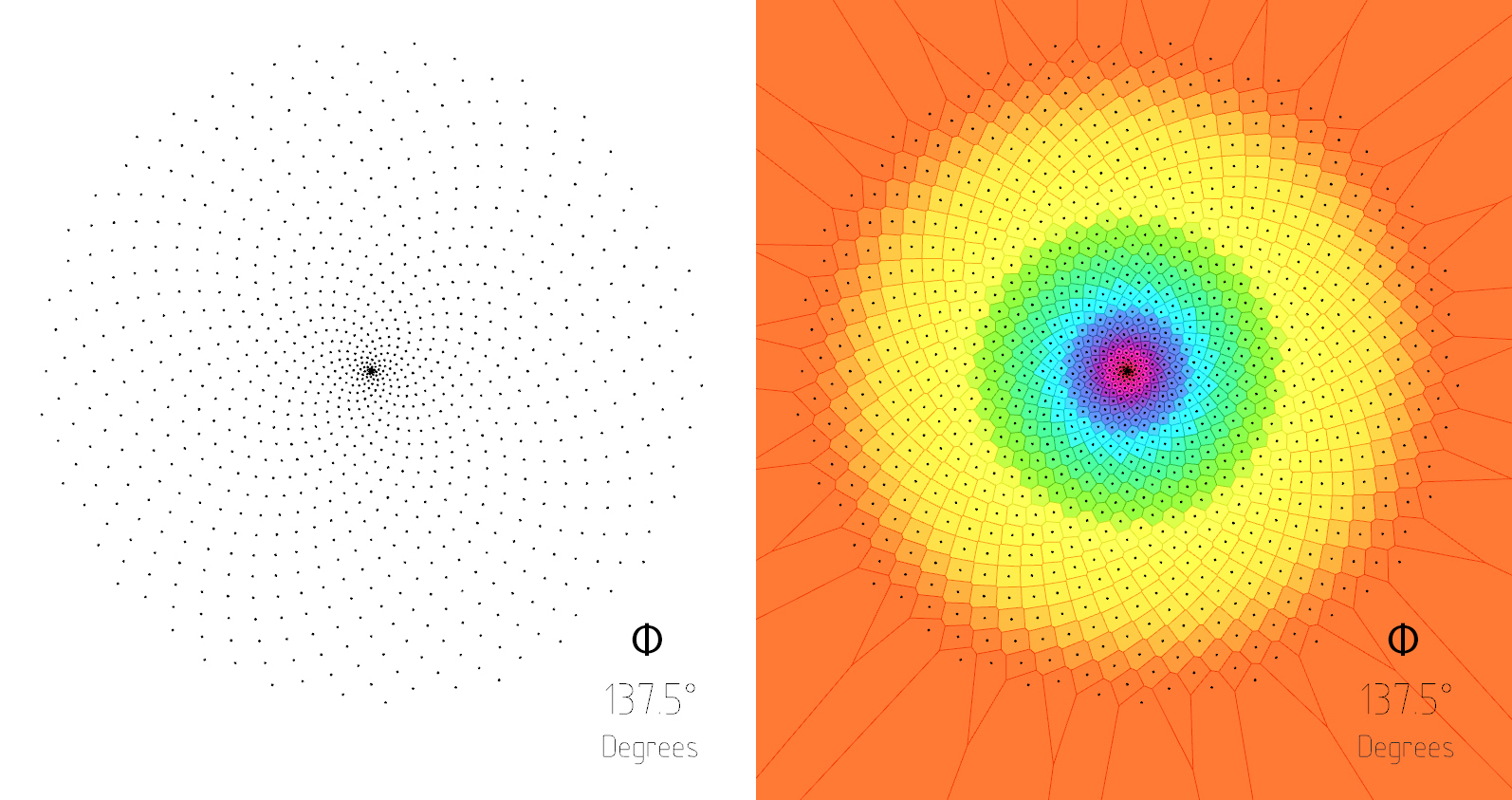
1.5 The Metallic Means & Other Constants
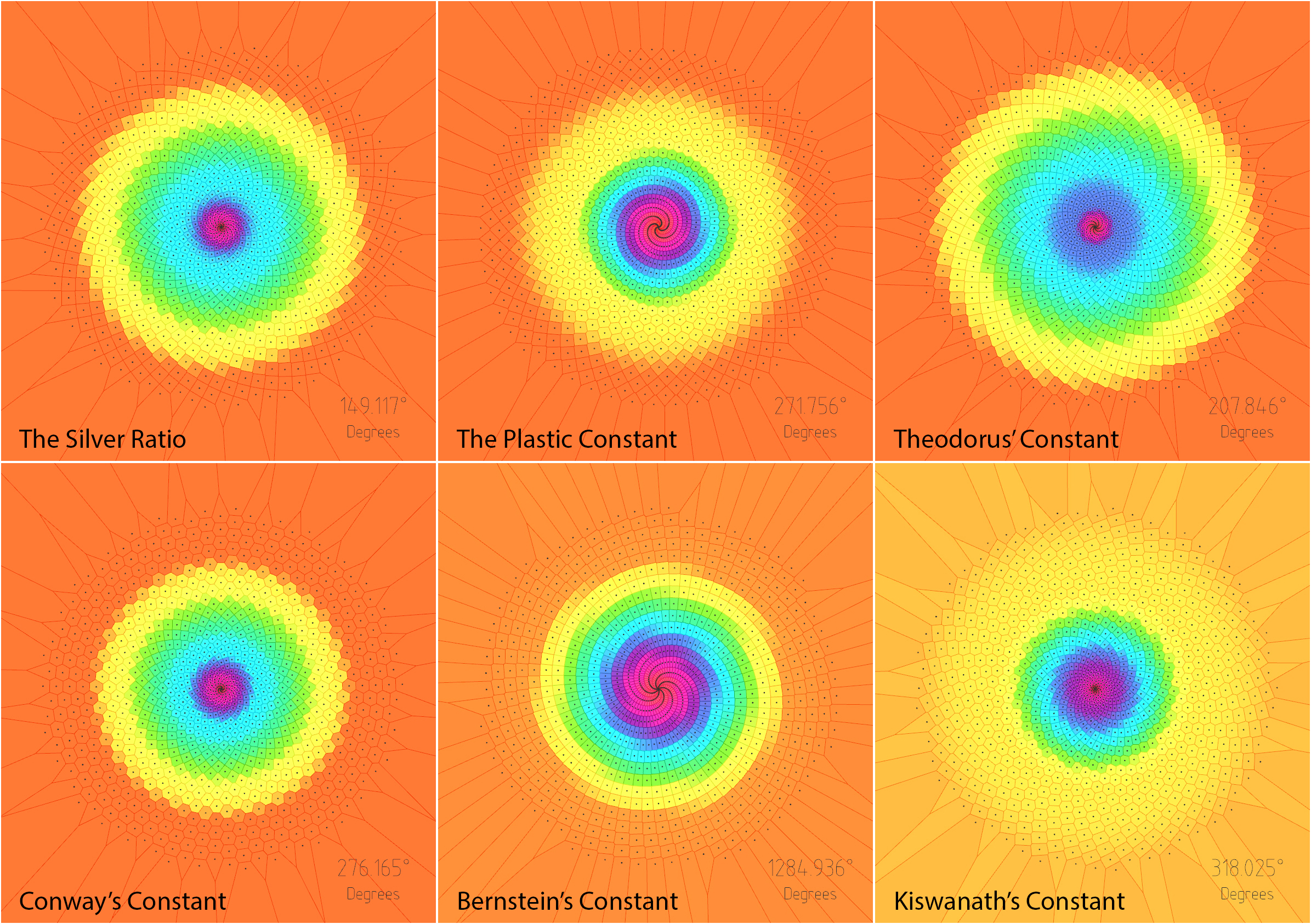
Source:
The Silver Ratio & Metallic Means: [Link]
1.6 Why Spirals?
M.C. Escher said that we adore chaos because we love to produce order. Alain Badiou also said that mathematics is a rigorous aesthetic; it tells us nothing of real being, but forges a fiction of intelligible consistency.
The Curves of Life
“An organism is so complex a thing, and growth so complex a phenomenon, that for growth to be so uniform and constant in all the parts as to keep the whole shape unchanged would indeed be an unlikely and an unusual circumstance. Rates vary, proportions change, and the whole configuration alters accordingly.” – D’Arcy Wentworth Thompson
“This is the classic reference on how the golden ratio applies to spirals and helices in nature.” – Martin Gardner

What makes this book particularly enjoyable to flip through is an abundance of beautiful hand drawings and diagrams. Sir Theodore Andrea Cook explores, in great detail, the nature of spirals in the structure of plants, animals, physiology, the periodic table, galaxies etc. – from tusks, to rare seashells, to exquisite architecture.
He writes, “a staircase whose form and construction so vividly recalled a natural growth would, it appeared to me, be more probably the work of a man to whom biology and architecture were equally familiar than that of a builder of less wide attainments. It would, in fact, be likely that the design had come from some great artist and architect who had studied Nature for the sake of his art, and had deeply investigated the secrets of the one in order to employ them as the principles of the other.”
Cook especially believes in a hands-on approach, as oppose to mathematic nation or scientific nomenclature – seeing and drawing curves is far more revealing than formulas.

 “because I believe very strongly that if a man can make a thing and see what he has made, he will understand it much better than if he read a score of books about it or studied a hundred diagrams and formulae. And I have pursued this method here, in defiance of all modern mathematical technicalities, because my main object is not mathematics, but the growth of natural objects and the beauty (either in Nature or in art) which is inherent in vitality.”
“because I believe very strongly that if a man can make a thing and see what he has made, he will understand it much better than if he read a score of books about it or studied a hundred diagrams and formulae. And I have pursued this method here, in defiance of all modern mathematical technicalities, because my main object is not mathematics, but the growth of natural objects and the beauty (either in Nature or in art) which is inherent in vitality.”
Despite this, it is clear that Theodore Cook has a deep love of mathematics. He describes it at the beautifully precise instrument that allows humans to satisfy their need to catalog, label and define the innumerable facts of life. This ultimately leads him into profoundly fascinating investigations into the geometry of the natural world.
Relevant Material

“An organism is so complex a thing, and growth so complex a phenomenon, that for growth to be so uniform and constant in all the parts as to keep the whole shape unchanged would indeed be an unlikely and an unusual circumstance. Rates vary, proportions change, and the whole configuration alters accordingly.” – D’Arcy Wentworth Thompson
D’Arcy Wentworth Thompson wrote, on an extensive level, why living things and physical phenomena take the form that they do. By analysing mathematical and physical aspects of biological processes, he expresses correlations between biological forms and mechanical phenomena.
He puts emphasis on the roles of physical laws and mechanics as the fundamental determinants of form and structure of living organisms. D’Arcy describes how certain patterns of growth conform to the golden ratio, the Fibonacci sequence, as well as mathematics principles described by Vitruvius, Da Vinci, Dürer, Plato, Pythagoras, Archimedes, and more.
While his work does not reject natural selection, it holds ‘survival of the fittest’ as secondary to the origin of biological form. The shape of any structure is, to a large degree, imposed by what materials are used, and how. A simple analogy would be looking at it in terms of architects and engineers. They cannot create any shape building they want, they are confined by physical limits of the properties of the materials they use. The same is true to any living organism; the limits of what is possible are set by the laws of physics, and there can be no exception.
Further Reading:

“You could look at nature as being like a catalogue of products, and all of those have benefited from a 3.8 billion year research and development period. And given that level of investment, it makes sense to use it.” – Michael Pawlyn
Michael Pawlyn, one of the leading advocates of biomimicry, describes nature as being a kind of source-book that will help facilitate our transition from the industrial age to the ecological age of mankind. He distinguishes three major aspects of the built environment that benefit from studying biological organisms:
The first being the quantity on resources that use, the second being the type of energy we consume and the third being how effectively we are using the energy that we are consuming.
Exemplary use of materials could often be seen in plants, as they use a minimal amount of material to create relatively large structures with high surface to material ratios. As observed by Julian Vincent, a professor in Biomimetics, “materials are expensive and shape is cheap” as opposed to technology where the inverse is often true.
Plants, and other organisms, are well know to use double curves, ribs, folding, vaulting, inflation, as well as a plethora of other techniques to create forms that demonstrate incredible efficiency.
Hexagonal Patterned Spacial Definitions
The inspiration for this research came from the Asian artist Ren Ri, who uses bees in order to generate his sculptural work. He predefines the space for the bees to work with, and allows for a time period for the honeycombs to take shape.
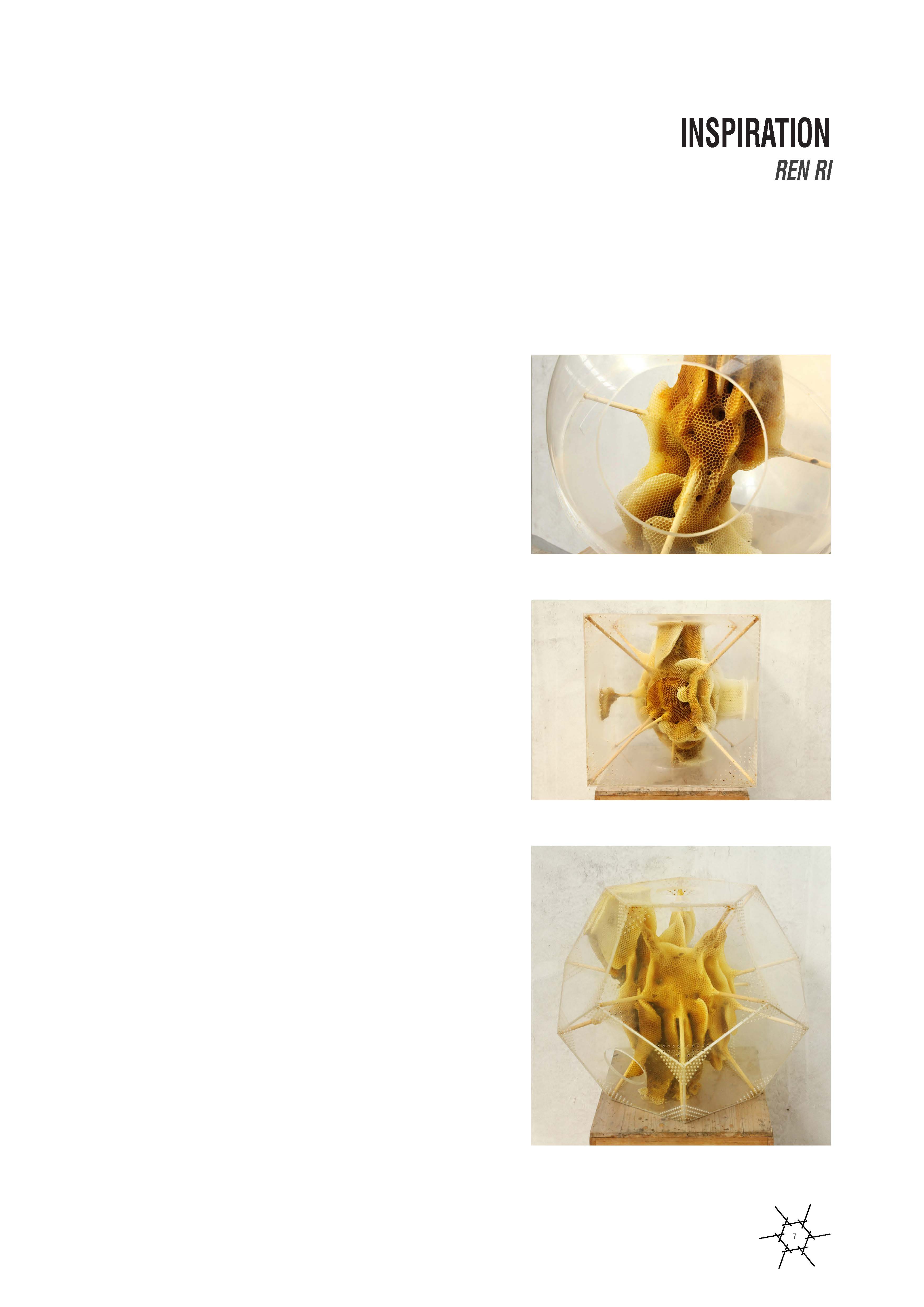


There are three types of surface division that manage to fill up all the area with prime geometric space – triangular (S3), square (S4) and hexagonal (S6). Other types of surface division, either leave gaps between the prime elements, which need to be filled by secondary shapes, or are confined to irregular shapes.
Research shows that the most efficient way of dividing a surface is through a minimum number of achievable line intersections, or a maximum number of membranes. In either case, the hexagonal division fits the case. This type of organization is a second degree iteration from the triangular division. It is formed by identifying and connecting the triangular cell centroids.
Such as in the case of soap-bubble theory, these cells expand, tending to fill up all the surface area around them, and finally joining through communicating membranes.
From a structural point of view, the best integration is the triangular one, because of the way each element (beam) reacts to the variation of the adjacent elements.
By converting the elemental intersection in the hexagonal division from a single triple intersection to a triple double intersection, the structure would gain sufficient structural resistance. This can be done through two methods – translation or rotation. Translation implies moving the elements away from the initial state in order to open up a triangular gap at the existing intersection. This method results in uneven shapes. In the case of rotation, the elements are adjusted around each middle point until a sufficient structural component is created. It is through rotation that the shape is maintained to a relative hexagonal aspect, due to the unique transformation method.








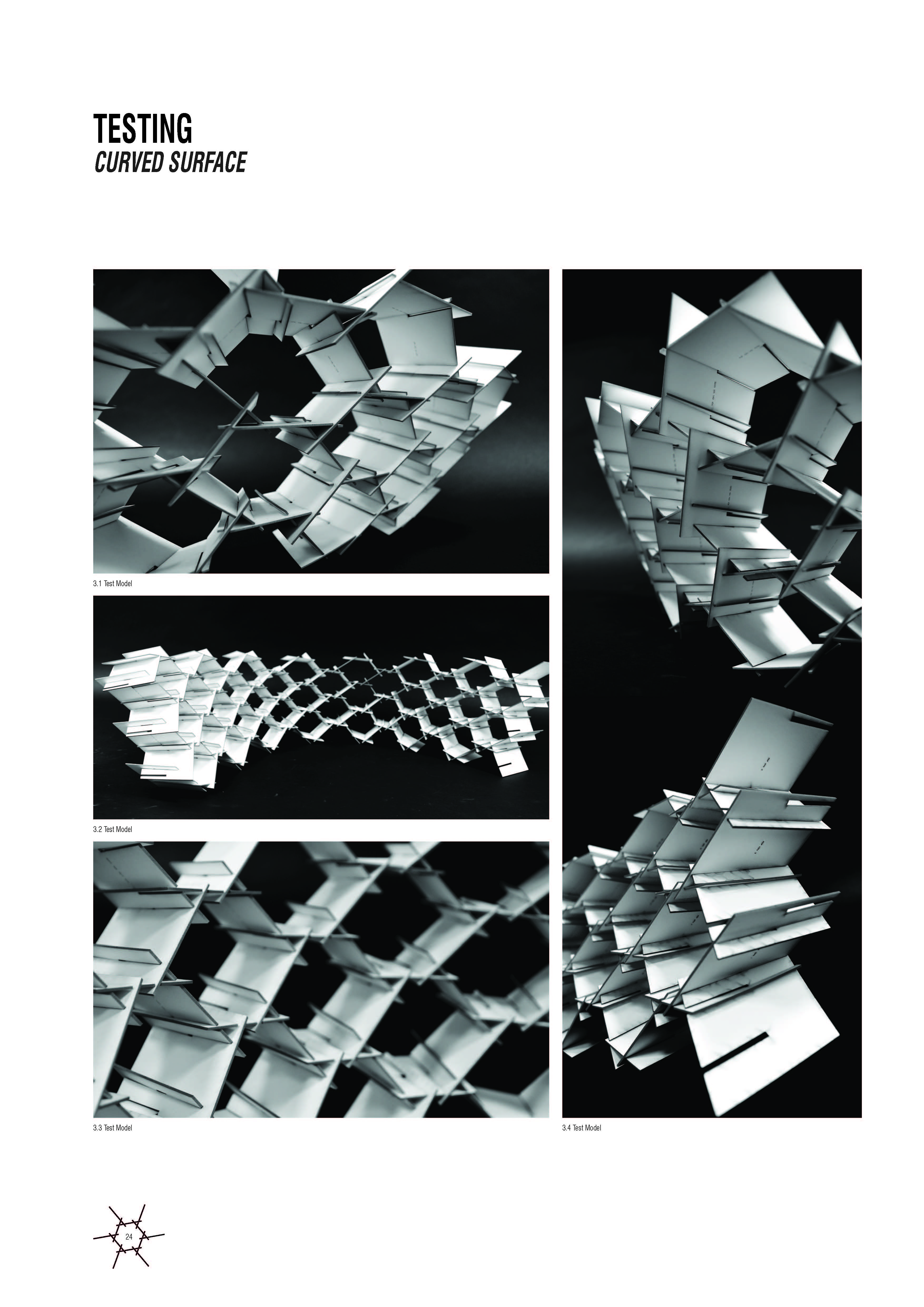






Pursuing the opportunity to test the system through a 1:1 scale project, I was offered the chance to design a bar installation for a private event at the Saatchi Gallery. The project has been a success and represents a stage test for the system.















Moving further, the attempt was to implement dynamic force analysis to the design, through variation of the elemental thickness. The first test was a bridge design. The structure was anchored on 2 sides, and had a span of 5m. 

The next testing phase includes domed structures, replicating modular structures and double curved instances.

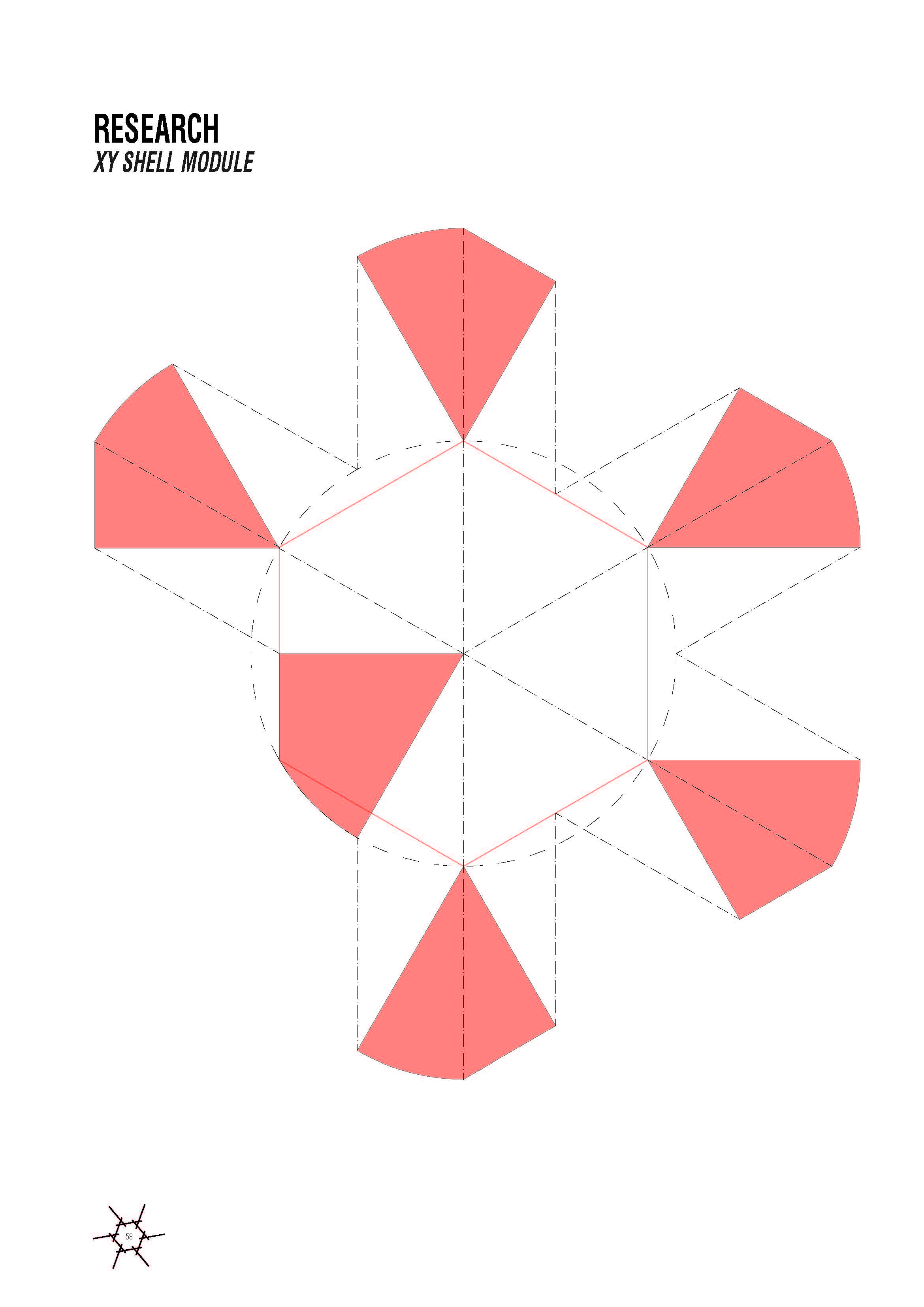









Lotus Hypars
Lotus Hypars – A study of hyperbolic bamboo structures
The Lotus Hypars symbolise the “Caravansary” trading centre. The structure is assembled as the centre for exchange after journeying across land and water to a resting point, Burning Man. Hammocks offer a space for the festivals unique style of trading to be discussed and carried out. The tangible nature of the Lotus also creates a playfulness in an otherwise formal system of resources exchange. The lightweight structure evolves from the horizontal lines of the desert and forms a hyperbolic shelter. The user can inhabit not only underneath the structure, but also the petal shaped hammocks. Here, individuals can exchange stories, supplies and treasures.
In Buddhism, the Lotus flower is symbolic of fortune. It grows in muddy water, and it is this environment that gives forth the flower’s first and most literal meaning: rising and blooming above the murk to achieve enlightenment. The Lotus Hypar story has evolved from the same principles. In the harsh desert environment, man can create beauty. The folded geometries are playfully excited by human participation. A twist, a fold and a push.
The structure is assembled using bamboo sticks that are arranged in a reciprocal formation. These canes are then bound using high strength elastic bands. This allows for the flat cells to twist and take on new shapes. The Lotus Hypar is formed by a repetitive series of folds and the result forms petals. These are symbolic of the Lotus flower. The cells are covered with a white semi-elastic membrane that adds to the strength of the structure and the petal geometries become more visible. These are also the hammocks that can be inhabited by the Burning Man users.
In order to test the structural performance of the proposal, I constructed a series of 1:1 scale models. This was done using 6m and 3m bamboo canes (35mm diameter). By testing a small segment of the full proposal, it is easier to determine the success of the final proposal.
The Tragedy of Planned Obsolescence
Technology today is designed to fail. Products are made so that you will buy a new one after a pre-determined time. This is called planned obsolescence and is a widely accepted commercial concept within industrial companies.
The Phoebus Kartel was a cartel of, among others, Osram, Philips and General Electricfrom December 23, 1924 until 1939 that controlled the manufacture and sale of light bulbs. It decided that it would limit the lifetime of a lightbulb to 1000 hours. Before this arbitrary and profit-driven decision, light bulbs could last for a very long time, a solid proof for that is the Livermore’s Centennial Lightbulb which shines since 1890. The 1000 hours rule was the beginning of an imposed large-scale planned obsolescence.
 Above: The Livermore’s Centennial Lightbulb’s webcam
Above: The Livermore’s Centennial Lightbulb’s webcam
After the great depression, Bernard London thought that imposing planned obsolescence by law would bring prosperity to Americans.
The american designer Brook Stevens gave many conferences on the advantage of planned obsolescence. His products would always look newer, better than the existing one. By his definition, planned obsolescence was “Instilling in the buyer the desire to own something a little newer, a little better, a little sooner than is necessary.”
 Above: The toastalator by Brook Stevens
Above: The toastalator by Brook Stevens
Without planned obsolescence, shopping malls would probably not exits and economic growth would not be as crucial as it it today to the economy. In essence, economic growth does not attempt to make human life better, it just tries to grow for the sake of it. This growth is based on debt and on consuming products that are not necessary. As the economist and system theorist Kenneth Boulding once said: “Someone who believes that an economy that constantly grows on a planet that is finite is either mad or an economist, the problem is that we are all economists now.”
The Waste Makers, published in 1960 by Vance Packard is the first book on the topic.
Apple, largest public company in the U.S., gave a clear notice to its reseller when the IPOD battery would fail: “buy a new ipod“. Apple was sued for that by consumers, the case was called Wesley vs. Apple. Apple lost the case and was forced to extend the warranty on the battery. Apple has no environmental policy for its products and tries to sell as many products as possible, not products that will last.
 Image courtesy of Stay Free Magazine.
Image courtesy of Stay Free Magazine.
Epson adds microchips in some of their printers that counts the amount of prints and breaks the printer after reaching a pre-determined printer. In fact, some freewares help you to reset the count so that you can use your printers more.
Electronic products that could have lasted much longer end up in illegal dump site in countries such as Ghana and Nigeria (have a look at the Agbogbloshie dump site on this BBC documentary).
 Above: kid looking for copper on the Agbogbloshie illegal E-Waste dump site, Ghana
Above: kid looking for copper on the Agbogbloshie illegal E-Waste dump site, Ghana
The idea of creating “Open-Source” buildings from simple materials that can be made and improved by anyone and based on home-grown or widely accessible products is DS10’s answer to the tragedy of planned obsolescence. Similarly to open source software that can always be updated and maintained by the end user, the makers will not be at the sole mercy of a proprietary vendor. We will also look into temples, timeless monuments for spirituality and best counter example for modernist buildings, a theory which emerged around the same time as the Phoebus Kartel.
Sources:
-This post is based on the documentary “The Light Bulb Conspiracy” by Cosima Dannoritzen.
-http://www.apfelkraut.org/2011/03/the-untold-story-of-planned-obsolescence/
-http://quiet-environmentalist.com/is-the-earth-doomed-due-to-planned-obsolescence/
-http://www.amazon.com/Made-Break-Technology-Obsolescence-America/dp/0674022033
-http://www.amazon.co.uk/Planned-Obsolescence-Publishing-Technology-Academy/dp/0814727883
Urban Aquaponics, Internet and Food
“My garden is sending tweets!” Eric Maundu
Just came across this amazing video in which Eric Maundu talks about his start-up “Kijani Grows” (“Kijani” is Swahili for green), a small startup that designs and sells custom aquaponics systems for growing food using cheap technology including arduino boards. Toby and I often talk about “closed loop systems”, this is a great example of one.
“The land in West Oakland where Eric Maundu is trying to farm is covered with freeways, roads, light rail and parking lots so there’s not much arable land and the soil is contaminated. So Maundu doesn’t use soil. Instead he’s growing plants using fish and circulating water. It’s called aquaponics- a gardening system that combines hydroponics (water-based planting) and aquaculture (fish farming). It’s been hailed as the future of farming: it uses less water (up to 90% less than traditional gardening), doesn’t attract soil-based bugs and produces two types of produce (both plants and fish). Aquaponics has become popular in recent years among urban gardeners and DIY tinkerers, but Maundu- who is trained in industrial robotics- has taken the agricultural craft one step further and made his gardens smart. Using sensors (to detect water level, pH and temperature), microprocessors (mostly the open-source Arduino microcontroller), relay cards, clouds and social media networks (Twitter and Facebook), Maundu has programmed his gardens to tweet when there’s a problem (e.g. not enough water) or when there’s news (e.g. an over-abundance of food to share).
Maundu himself ran from agriculture in his native Kenya- where he saw it as a struggle for land, water and resources. This changed when he realized he could farm without soil and with little water via aquaponics and that he could apply his robotics background to farming. Today he runs Kijani Grows (“Kijani” is Swahili for green), a small startup that designs and sells custom aquaponics systems for growing food and attempts to explore new frontiers of computer-controlled gardening. Maundu believes that by putting gardens online, especially in places like West Oakland (where his solar-powered gardens are totally off the grid), it’s the only way to make sure that farming remains viable to the next generation of urban youth.”
Snowmaking
Recently I spent the day making ice crystals in the kitchen. The relatively simple experiment requires little more than a plastic bottle, some dry ice, and a lot of patience!
In short you surround the bottle with dry ice to lower the temperature to the crystal forming region ( 0 to -20), have a source of water within the bottle – a wet sponge – to saturate the air within the bottle, and a point on which the crystals can form – Here I used a fishing line running through the middle of the bottle.
At the 10 minute mark the first signs of crystals were materialising
A further 10 minutes into the experiment and proper flakes began to form

At the 45 minute mark better crystals had formed on the sides of the growth chamber than on the nylon thread.
An hour into the experiment and the crystals had started to grow radically and lost much of the symmetry found in the earlier stages. I put this down to the varying conditions brought on by continuously opening the chamber to take pictures, so i decided to repeat the experiment under more controlled conditions and left the grown chamber untouched for an hour. This allowed the development of a nicely symmetrical fernlike dendrite branch (nearly 1cm long!!):
Bridging the Digital Divide with Sparchitecture
More than 4 billion human brains are not connected to the global machine that is internet. The enormity of this divide is cause for concern. So how do we bridge this divide? India has the greatest disparity between total population and internet users out of all the countries in the world. The majority of users are located in urban areas, the rural parts are digitally disconnected.
By trying to include an exemplar rural community in West Bengal into the global digital network, we aimed to develop an architecture that considered India’s local resources and culture. By using Jute which is a vegetable fibre that is also the highest produced agricultural product in India, we intended to show-case the communities local materials and skills. India’s cultural symbol is represented by the spindle. We took the idea of the spindle to an architectural level by developing a spinning system that would create architecture and become the catalyst for the construction of a spillage (spun village).
The community’s internet inclusion would be manifested by the setup of a blog that would advertise the community and promote their growth by attracting tourists to come and visit the site. With the growth of the community the spaces would accommodate visitors and the site would become an ecotourism destination. Ultimately, this scheme was conceived to diffuse the ideologies beyond the borders of the community, spreading local ideas. This exemplar settlement would become a precursor for change in other communities across the developing world that have the right to the internet, unleashing a cornucopia of human thought!
By Maria Valente and Anam Hasan
The Floating Earth Islands of The Zambian Twa Tribe
It’s time to break the monopoly of Monsanto!
Companies such as Monsanto are pushing the parameters of agricultural biotechnology to develop to ‘super’ crops which are able to survive in conditions that previously they would have perished within. This depicts a positive image of a global agricultural firm such as Monsanto, though this is predominately not the case and although the new developments in crop growth is perceived to be the future it is as highly critised and linked to names such as ‘Frankenstein foods’. Can a technology giant/charity like the Bill and Melinda Gates Foundation compete against a global agricultural giant like Monsanto and provide an equal competitor? The ‘Floating Earth Islands’ provide the opportunity to harvest a GM free alternative for Maize crop growth whilst also providing habitats for the fish in the Kafue River, which the Twa Tribe farm. As the floods recede and the land is returned to a harvestable condition the Twa Tribe can inhabit the clay pot structures that once were required to prevent the floods from destroying the tribes crops and livelihood.

